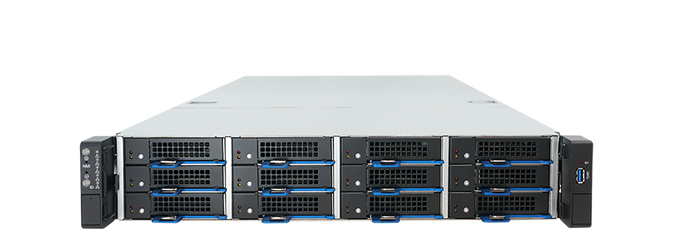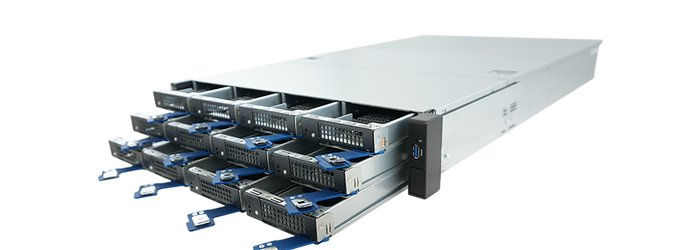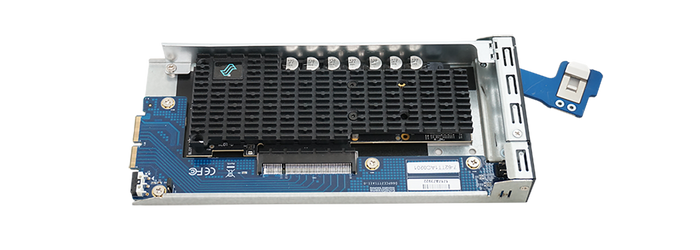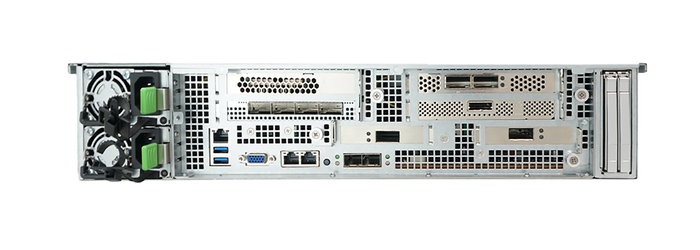The Problem: Bottleneck of CPU resources being wasted to manage other critical data processing and storage in the data center.
Solutions: SmartNICs, FPGAs, GPUs, and now DPUs are shaping new hardware architectures for incredible performance and ultra-low latency.
The rapid growth of data generated by 5G and PCIe Gen 4 has led to edge computing becoming necessary to process the amount of data. Specific add-on cards, known as SmartNIC FPGAs and DPUs, help to alleviate the workload by focusing on processing network tasks so that the CPU has better utilization for more general purpose workloads. Tune in to Premio’s Rugged Edge Survival Podcast to learn about the benefits of DPUs.





















